Basic Principles of Lithium Polymer (Lithium Battery) Battery
Lithium polymer battery, also known as lithium battery, is a type of battery with high energy density, light weight and environmental protection, which is widely used in mobile phones, notebook computers, electric vehicles and other fields. This article will explain the working principle of lithium polymer battery in detail from the perspective of basic principles to help readers better understand this advanced battery technology.
1. Lithium battery structure
lithium battery consists of four parts: positive electrode, negative electrode, electrolyte and separator. The positive electrode usually consists of lithium metal oxide (such as LiCoO2), the negative electrode consists of graphite or silicon material, the electrolyte is lithium salt solution, and the separator is used to isolate the positive and negative electrodes.
2. Charging and discharging process
the charging and discharging process of lithium batteries is realized by the migration of lithium ions between positive and negative electrodes in electrolyte. When charging, lithium ions are released from the positive electrode and migrated to the negative electrode and embedded into the graphite structure through electrolyte; When discharging, it is the opposite process.
3. Lithium ion migration
lithium ions in lithium batteries are the main conductive substances between positive and negative electrodes, which migrate between positive and negative electrodes during charging and discharging. The positive electrode material is usually the embedding compound of lithium ion, while the negative electrode is the intercalation compound of lithium ion.
4. Charging protection mechanism
in order to protect the safety of the battery, lithium batteries are usually equipped with overcharge protection and overdischarge protection mechanisms. Overcharge Protection will stop charging after the battery is full, while overdischarge protection will stop discharging after the battery power is lower than a certain value to avoid battery damage.
5. Advantages and features
lithium battery has the advantages of high energy density, light weight, no memory effect, low self-discharge rate, etc. At the same time, the lithium battery has no pollution, no maintenance, and has the characteristics of environmental protection and convenient use.
6. Application field
lithium batteries are widely used in mobile phones, tablet computers, notebook computers, electric vehicles, energy storage systems and other fields. Its high energy density and light weight make it an ideal energy choice for modern portable devices and vehicles.
7. Charging and discharging characteristics
the charging rate of lithium battery is relatively high, and it can fill up the battery quickly; When discharging, it can stabilize the output voltage and ensure the normal operation of the equipment.
8. Cycle life
lithium battery cycle life is related to the number of charge and discharge. Generally speaking, lithium batteries with higher cycle life will have longer service life.
As an advanced battery technology, lithium battery has the advantages of high energy density, light weight, environmental protection and so on, and is widely used in modern society. Through the explanation of the basic principles of this article, Xi Mo readers can have a deeper understanding of the working principle and characteristics of lithium batteries, providing references for the selection and use of lithium battery products.
 Dongguan Juneng New Energy Technology Co., Ltd.
Dongguan Juneng New Energy Technology Co., Ltd.
 137 5142 6524(Miss Gao)
137 5142 6524(Miss Gao)
 susiegao@power-ing.com
susiegao@power-ing.com
 Xinghuiyuan High tech Industrial Park, Dalang Town, Dongguan City, Guangdong Province
Xinghuiyuan High tech Industrial Park, Dalang Town, Dongguan City, Guangdong Province


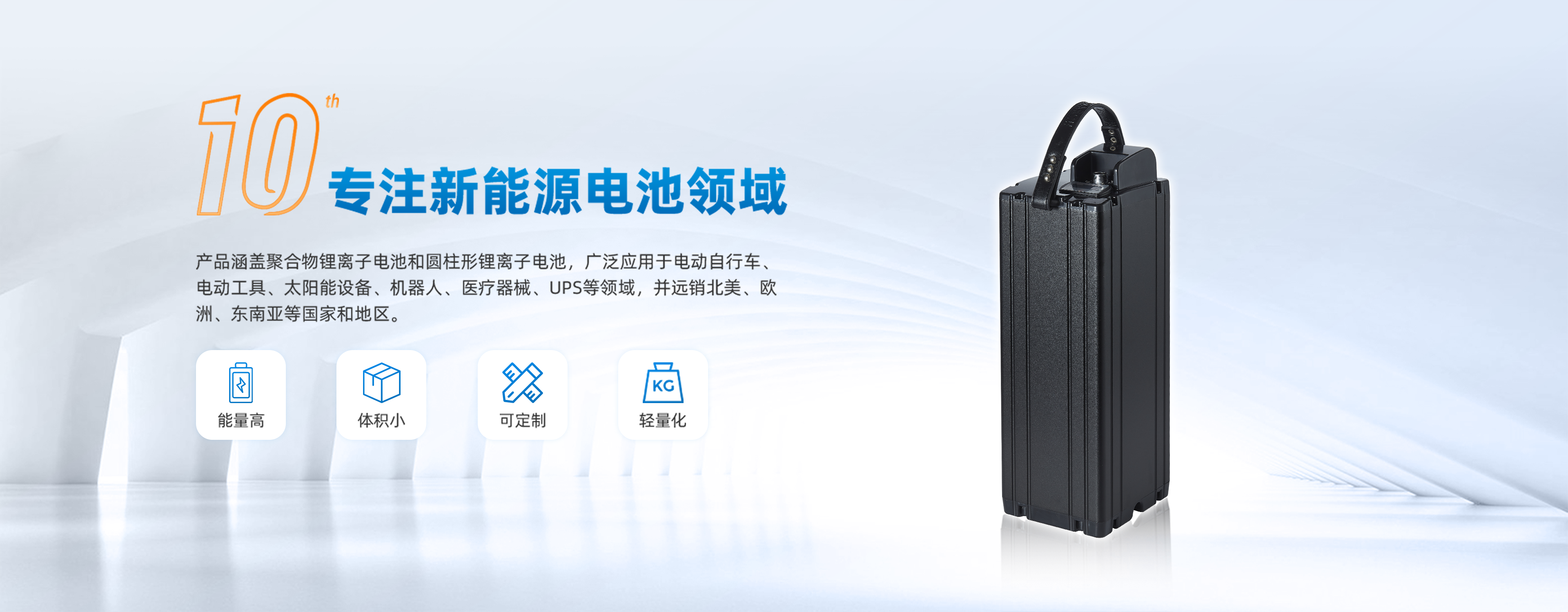
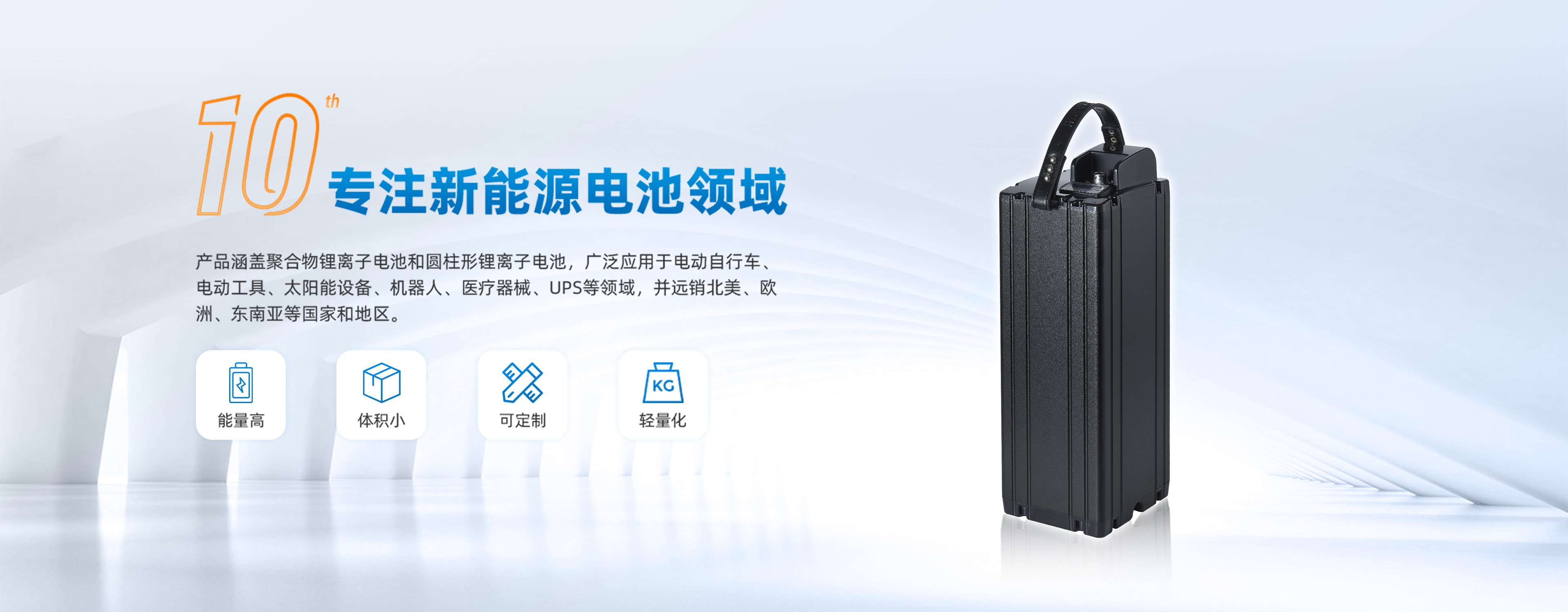
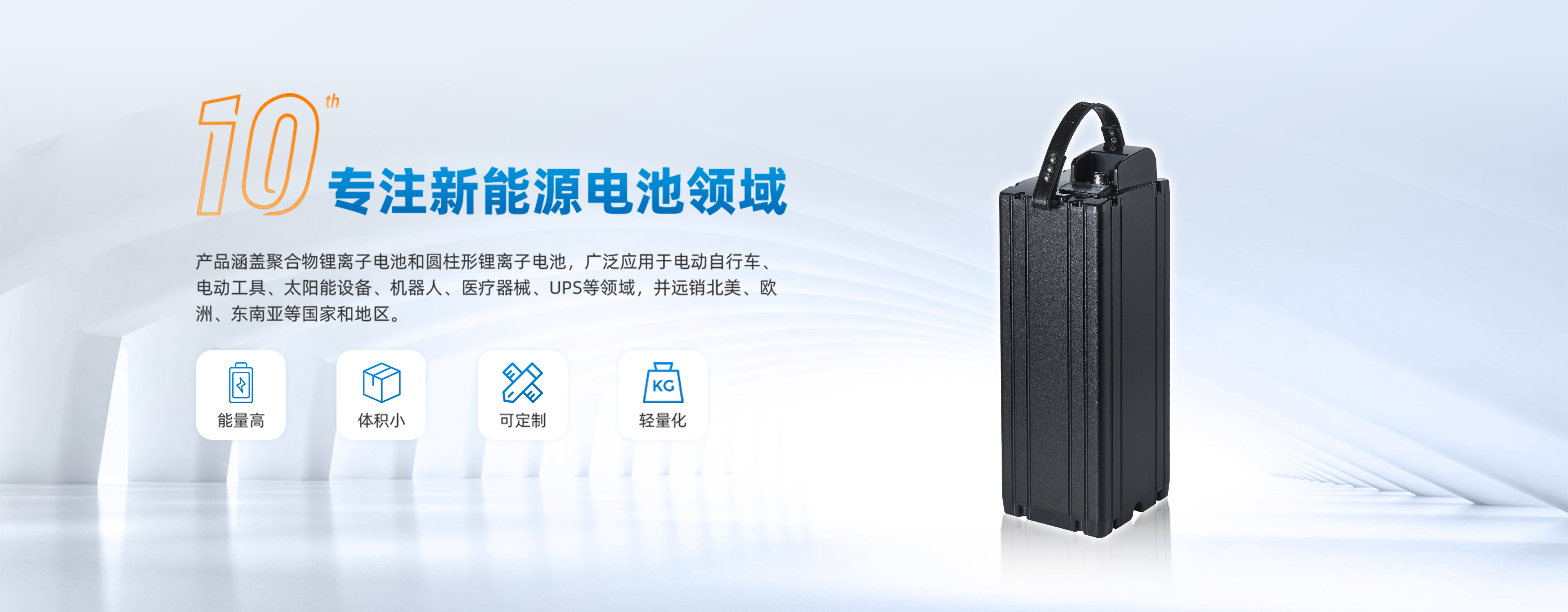



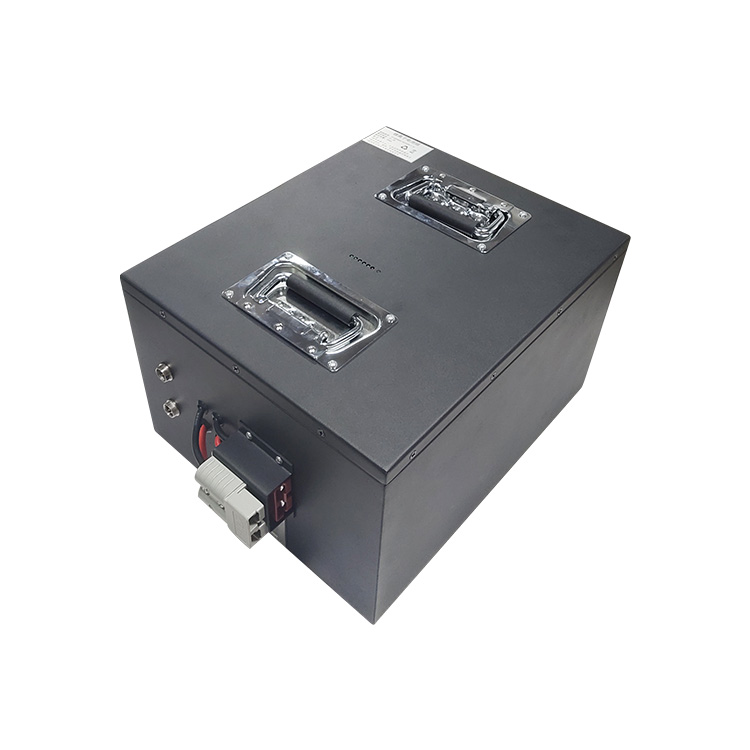


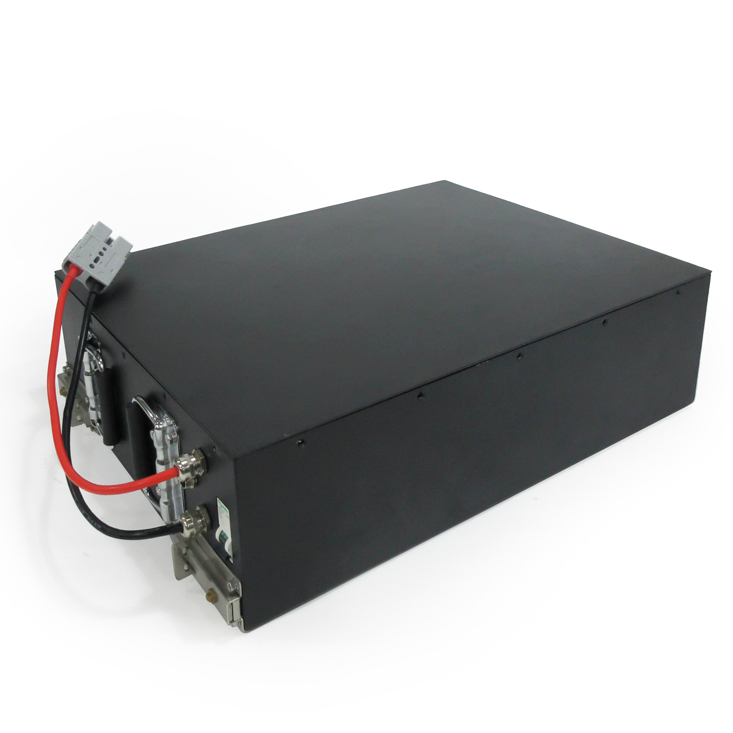

 Yue Gong Wang An Bei No. 4419002007491
Yue Gong Wang An Bei No. 4419002007491